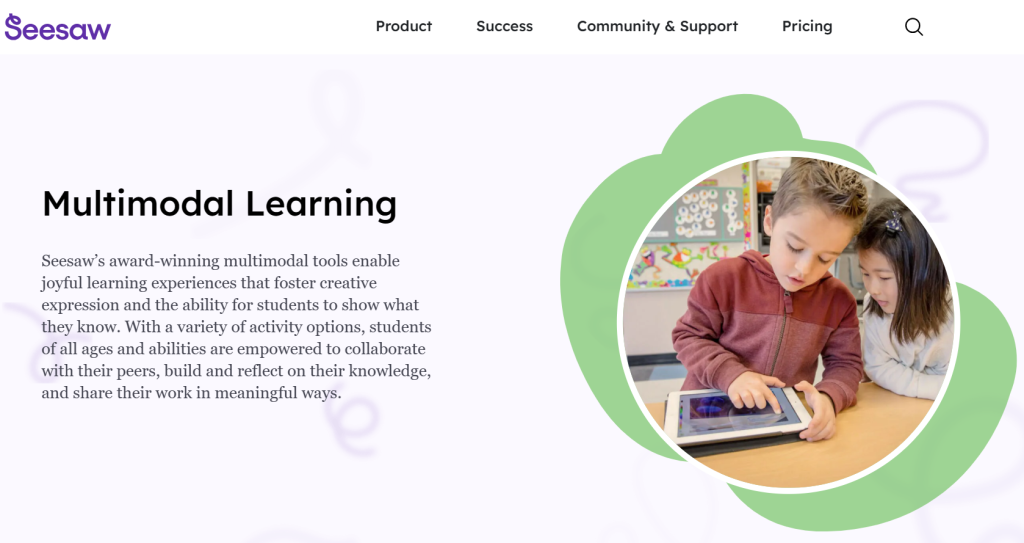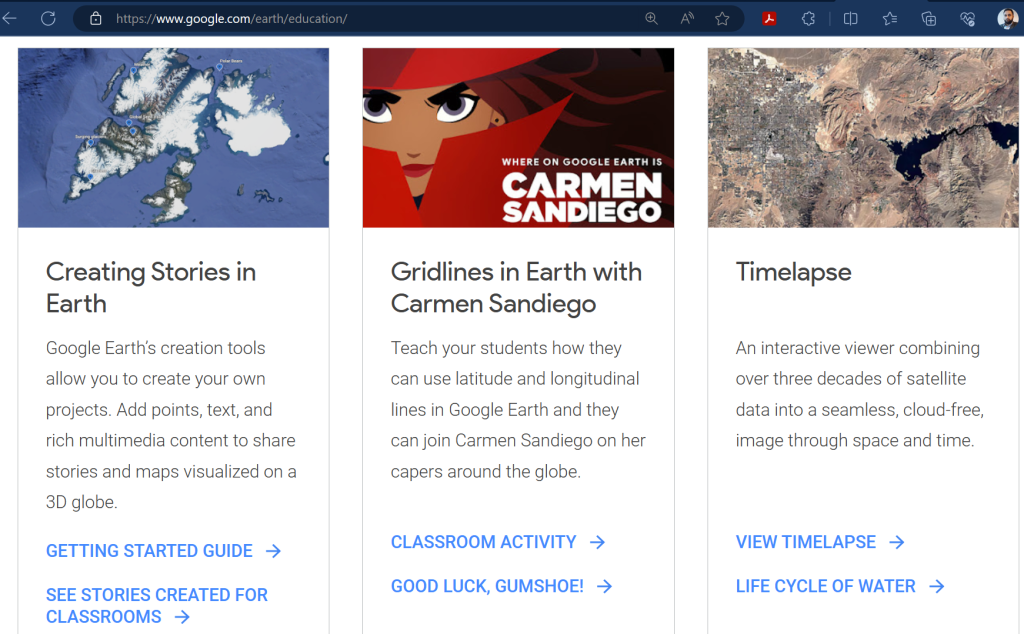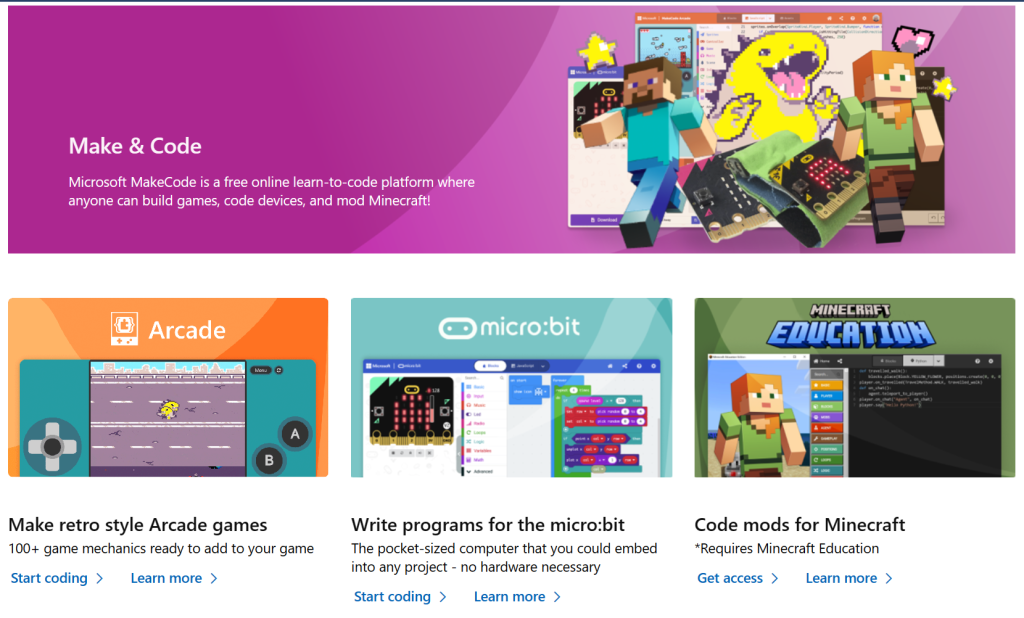Table of Contents
Key Takeaways
| Theme | Description |
|---|---|
| 1. Project-Based Learning | Engaging students in project-based learning fosters creativity, collaboration, and problem-solving skills. |
| 2. Student-Centric Learning | Tailoring teaching methods to individual student needs fosters a more engaging and effective learning experience. |
| 3. Technology Enhancement | Leveraging technology in the classroom can provide interactive and dynamic opportunities for creative learning. |
| 4. Outdoor and Experiential Learning | Taking education beyond the classroom stimulates creativity through hands-on experiences and exploration. |
Table of Contents
Creative Learning in Schools
Promoting a Growth Mindset
Introduction to the Concept: A growth mindset is foundational to cultivating creativity in students. By fostering a belief that abilities can be developed through dedication and hard work, educators empower learners to approach challenges with resilience and enthusiasm, essential components of a creative mindset.
How Fostering a Growth Mindset Supports Creativity: Explore how schools like Horizon Academy actively promote a growth mindset culture. By encouraging students to view challenges as opportunities for growth, the school has witnessed an increase in creative problem-solving and a willingness to explore new ideas.
Recommended Article: Beyond The Books: 10 Important Life Skills For University Students
Assessing Creativity in Education
Discussion on Evaluating Creative Learning Outcomes: Traditional testing methods often fall short in assessing creative learning outcomes. Discuss alternative assessment methods, including portfolio assessments, project evaluations, and peer reviews, that provide a more accurate reflection of students’ creative abilities. Scroll below to see 10 digital tools to enhance Creative Learning in Schools.
Alternative Assessment Methods: Highlight the success of Creative Minds School, where project presentations and portfolio assessments are integral to the evaluation process. This approach not only measures academic proficiency but also acknowledges and celebrates creative accomplishments.
Recommended Article: 10 Must Have AI Tools For Teachers To Revolutionize Education
Cultivating Creativity Beyond the Classroom
How Creativity Extends to Extracurricular Activities: Explore the idea that creativity isn’t confined to the classroom. Discuss how participation in extracurricular activities such as clubs, sports, and arts programs provides additional avenues for students to express themselves creatively.
Examples of Schools Promoting Creativity in Non-academic Settings: Highlight the innovative approach of Harmony High School, where a wide range of extracurricular activities, from robotics clubs to drama societies, allows students to explore and nurture their creative passions.
Recommended Article: Top 10 IT Skills For Students To Jumpstart Their Career
Conclusion
In conclusion, unlocking creativity in schools requires a multifaceted approach that goes beyond traditional teaching methods. By embracing project-based learning, student-centric approaches, technology integration, and outdoor experiences, educators lay the foundation for a creative and dynamic learning environment.
Encouraging a growth mindset, reimagining assessment methods, and extending creativity into extracurricular activities further amplify the impact of creative learning. As we look to the future, it’s crucial for educators, parents, and policymakers to collaborate in fostering an educational ecosystem that prioritizes and nurtures the creative potential of every student.
10 Digital Tools to Enhance Creative Learning in Schools
1. Canva for Education:
- Canva is a versatile graphic design tool that allows students and teachers to create visually appealing presentations, infographics, and posters. The education version offers additional features and collaboration tools.
- Link: Canva for Education

2. Scratch:
- Scratch is a block-based programming language designed for beginners. It allows students to create interactive stories, games, and animations by snapping together visual coding blocks.
- Scratch is a block-based programming language designed for beginners, particularly children, to introduce them to the world of coding in a creative and interactive way. Here are various activities and projects that kids can do with Scratch:
- Create Interactive Stories:
- Kids can use Scratch to create interactive stories by coding characters to move, talk, and interact with each other. They can add sound effects, dialogue, and different scenes to make their stories come to life.
- Design and Code Games:
- Scratch is widely used for creating simple games. Kids can design characters, set up game mechanics, and add challenges. This helps them understand programming concepts such as loops, conditions, and variables.
- Simulations and Virtual Experiments:
- Scratch is a great tool for creating simulations and virtual experiments. Kids can simulate physics experiments, create a virtual ecosystem, or model scientific concepts.
- Educational Quizzes and Games:
- Kids can design and code educational quizzes or games that reinforce learning in various subjects. This not only helps in understanding programming but also enhances their knowledge in other areas.
- Coding Challenges and Puzzles:
- Coding Stories in Different Languages:
- Scratch supports multiple languages, allowing kids to code stories and projects in their preferred language. This can be an excellent way to introduce basic coding concepts in different linguistic contexts.
- Participate in Online Scratch Communities:
- Kids can share their projects, get feedback, and collaborate with others in the Scratch online community. This introduces them to the concept of open-source collaboration and learning from peers.
- Link: Scratch

3. Seesaw:
- Seesaw is a digital portfolio tool that enables students to showcase their work, including videos, drawings, and photos. It facilitates communication and collaboration between students, teachers, and parents.
- Link: Seesaw

4. Kahoot!:
- Kahoot! is a game-based learning platform that makes learning fun through quizzes, surveys, and discussions. Teachers can create interactive games to assess and reinforce student understanding.
- Link: Kahoot!

5. Google Earth:
- A great tool for Creative Learning in Schools. For kids, Google Earth can be an engaging and educational platform that offers a range of learning opportunities. Here are some things kids can learn from using Google Earth:
- Geography and Spatial Awareness:
- Google Earth helps kids develop a sense of geography by allowing them to explore continents, countries, cities, and landmarks. They can learn about the layout of the Earth and understand the relationships between different locations.
- Cultural Diversity:
- By virtually traveling to different places, kids can explore diverse cultures, traditions, and historical sites. This exposure helps them develop an appreciation for the rich tapestry of human civilization.
- Historical Changes Over Time:
- Google Earth’s historical imagery feature enables kids to see how places have changed over time. They can explore past satellite images to witness the development or transformation of cities and landscapes.
- Environmental Awareness:
- Kids can use Google Earth to explore natural features such as mountains, rivers, and forests. This fosters an understanding of the Earth’s ecosystems and raises awareness about environmental conservation.
- Landforms and Physical Features:
- Google Earth allows kids to visually grasp different landforms, including mountains, valleys, deserts, and bodies of water. This helps in understanding physical geography concepts.
- Navigation and Map Reading:
- Using Google Earth involves navigation skills as kids zoom in, zoom out, and move around the virtual globe. This helps them develop basic map-reading skills and understand coordinates.
- Exploration of Famous Landmarks:
- Kids can virtually visit and explore famous landmarks like the Eiffel Tower, the Great Wall of China, or the Pyramids of Giza. This enhances their knowledge of world history and architecture.
- Science and Astronomy:
- Google Earth includes features like Sky mode, allowing kids to explore the stars, planets, and constellations. This can spark an interest in astronomy and space science.
- Understanding Time Zones:
- Kids can observe the changes in daylight and darkness across different time zones, helping them understand how the Earth’s rotation influences day and night.
- Project-Based Learning:
- Google Earth can be used for various educational projects. Kids can create presentations, conduct virtual field trips, or explore the geography and culture of a specific region for a class assignment.
- Global Awareness and Current Events:
- Keeping Google Earth updated allows kids to explore current events and gain a better understanding of the world around them. They can visualize news stories and see the geographical context of global issues.
- Overall, Google Earth offers a dynamic and interactive platform for kids to explore the world, fostering curiosity, geographical awareness, and a love for learning about our planet.
- Link: Google Earth

6. Buncee:
- Buncee is a multimedia creation tool that empowers students to make engaging presentations, interactive lessons, and digital stories. It supports creativity and collaboration.
- Link: Buncee
7. Tinkercad:
- Another great tool for Creative Learning in Schools. Tinkercad is a web-based 3D design and modeling tool. It’s user-friendly and suitable for students to create 3D models, fostering creativity in design and engineering.
- Create 3D Models:
- Kids can design and create 3D models from scratch using Tinkercad’s intuitive interface. They can experiment with shapes, sizes, and arrangements to bring their ideas to life in a virtual environment.
- Design Custom Characters:
- Encourage kids to design and personalize their own 3D characters. This can be a fun way to explore creativity and learn about spatial relationships.
- Build Architectural Structures:
- Tinkercad can be used to design architectural structures, such as houses, bridges, or futuristic buildings. Kids can learn about basic architectural principles while designing their own structures.
- Invent and Prototype:
- Kids can use Tinkercad as a virtual workshop to invent and prototype their ideas. Whether it’s a new toy, a gadget, or an invention, they can create a digital prototype before building it physically.
- Explore STEM Concepts:
- Tinkercad is an excellent tool for introducing STEM (Science, Technology, Engineering, and Mathematics) concepts. Kids can experiment with geometric shapes, measurement, and spatial relationships.
- Create Custom Jewelry:
- Designing custom jewelry pieces, such as pendants or earrings, allows kids to explore the intersection of art and technology. They can learn about design aesthetics while creating wearable items.
- Design Board Games and Puzzles:
- Tinkercad enables kids to design elements for board games or puzzles. They can create unique game pieces, boards, or puzzle components and even print them in 3D for tangible use.
- Learn 3D Printing Basics:
- Tinkercad integrates with 3D printing, allowing kids to learn the basics of preparing designs for 3D printing. They can export their creations and see them come to life in the physical world.
- Build Vehicles and Machines:
- Kids can design their own vehicles, machines, or robots using Tinkercad. This activity introduces them to basic engineering principles and encourages creativity in designing moving parts.
- Design a Miniature City:
- Challenge kids to design and build a miniature cityscape. This project allows them to explore urban planning, architecture, and creativity in a 3D space.
- Create Educational Models:
- Tinkercad can be used to create educational models for various subjects. Kids can design models of molecules, historical landmarks, or solar system representations for school projects.
- Customize Tech Accessories:
- Kids can design and customize tech accessories like phone cases or laptop stands. This project combines design skills with practical applications for everyday items.
- Collaborate on Design Projects:
- Tinkercad allows for collaborative design projects. Kids can work together on designing models, promoting teamwork and shared creativity.
- Animate Designs:
- While Tinkercad is primarily for static 3D models, kids can explore ways to create the illusion of movement by designing components that fit together or move in a sequence.
- Explore Tinkercad Circuits:
- Tinkercad also offers a circuits feature where kids can learn about electronics and create digital prototypes of electronic projects.
- Link: Tinkercad

8. Book Creator:
- A good tool for promoting Creative Learning in Schools. Book Creator allows students to design and publish interactive e-books. It’s an excellent tool for fostering creativity in storytelling and digital book creation.
- Link: Book Creator
9. Padlet:
- Padlet is a collaborative platform that enables students and teachers to create interactive boards for brainstorming, sharing ideas, and collaborating on projects.
- Link: Padlet
10. Microsoft MakeCode:
- MakeCode by Microsoft is a coding platform that supports various programming languages. It’s designed for students to engage in creative coding projects, such as making games and interactive simulations.
- Link: Microsoft MakeCode

These tools offer diverse opportunities for students to express their creativity, collaborate with peers, and engage in interactive learning experiences. Depending on the specific needs and goals of your creative learning initiatives, you can explore and integrate these tools into your school’s curriculum.
[/et_pb_text][et_pb_comments _builder_version=”4.23.1″ _module_preset=”default” hover_enabled=”0″ sticky_enabled=”0″][/et_pb_comments][/et_pb_column][et_pb_column _builder_version=”4.23.1″ _module_preset=”default” type=”1_3″][et_pb_blog _builder_version=”4.23.1″ _module_preset=”default” posts_number=”30″ hover_enabled=”0″ sticky_enabled=”0″ include_categories=”12″ offset_number=”1″ show_author=”off” show_date=”off” show_categories=”off” box_shadow_style=”preset1″ box_shadow_color=”#000000″ show_excerpt=”off” custom_margin=”1px||||false|false” custom_padding=”0px||||false|false” border_color_all_fullwidth=”#FFFFFF” fullwidth=”off” border_color_all=”#000000″ border_width_all=”0px”][/et_pb_blog][/et_pb_column][/et_pb_row][/et_pb_section][et_pb_section fb_built=”1″ theme_builder_area=”post_content” _builder_version=”4.23.1″ _module_preset=”default”][et_pb_row _builder_version=”4.23.1″ _module_preset=”default” theme_builder_area=”post_content”][et_pb_column _builder_version=”4.23.1″ _module_preset=”default” type=”4_4″ theme_builder_area=”post_content”][et_pb_post_slider _builder_version=”4.23.1″ _module_preset=”default” theme_builder_area=”post_content” include_categories=”107″ show_meta=”off” hover_enabled=”0″ sticky_enabled=”0″][/et_pb_post_slider][/et_pb_column][/et_pb_row][/et_pb_section]


